This collection brings together warships that shaped naval warfare across three centuries, from wooden sailing vessels to nuclear-powered submarines. The ships represent turning points in maritime military technology, including the age of sail, the transition to steam and iron hulls, and the advent of nuclear propulsion. Preserved vessels such as HMS Victory and USS Constitution demonstrate life aboard warships during the Napoleonic Wars and the War of 1812, while USS Missouri and USS Nautilus illustrate the strategic role of naval forces during World War II and the Cold War. Visitors can explore the decks where historic battles were commanded, examine artillery from 18-pound cannons to modern naval guns, and walk through the cramped quarters where crews lived during extended deployments. The collection spans continents, with museum ships located in Portsmouth, Pearl Harbor, Stockholm, and Saint Petersburg. Each vessel tells the story of its nation's naval ambitions and the sailors who served aboard, offering a tangible connection to maritime history that no textbook can match.
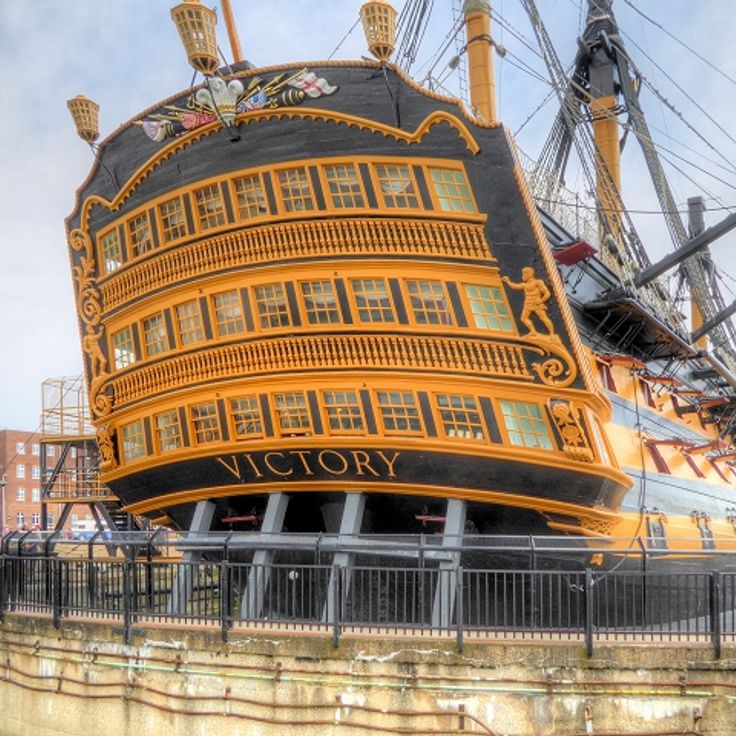
Portsmouth, United Kingdom
HMS VictoryThis 104-gun warship was launched in 1765 and served as the flagship of the British fleet at the Battle of Trafalgar in 1805. The vessel represents the age of sailing warfare in the 18th and early 19th centuries and was Admiral Horatio Nelson's flagship during his final engagement. Today it serves as a museum ship in Portsmouth, displaying Georgian-era naval architecture and life aboard a ship of the line. HMS Victory is part of this collection of historic military vessels and provides visitors with insight into British naval warfare history.
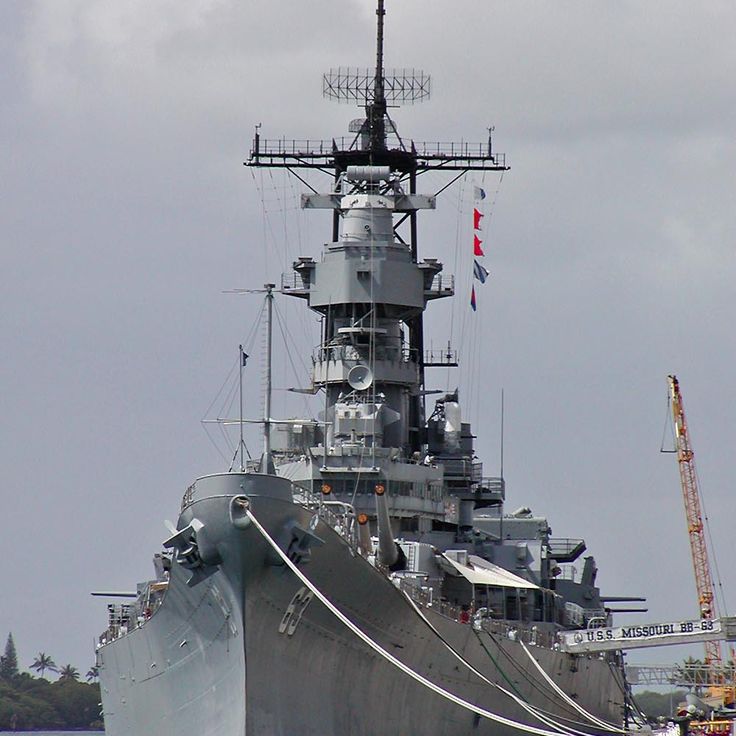
Pearl Harbor, United States
USS MissouriThis battleship displacing 45,000 tons (41,000 metric tons) was launched in 1944 and now rests at Pearl Harbor as a floating memorial. Japan signed the surrender documents on its deck in 1945, ending World War II. The USS Missouri belongs to the Iowa class and served through several conflicts, including the Korean War and the Gulf War. Visitors can tour the bridge, crew quarters, and gun turrets. The ship demonstrates the development of American naval artillery and documents significant events in naval warfare history.
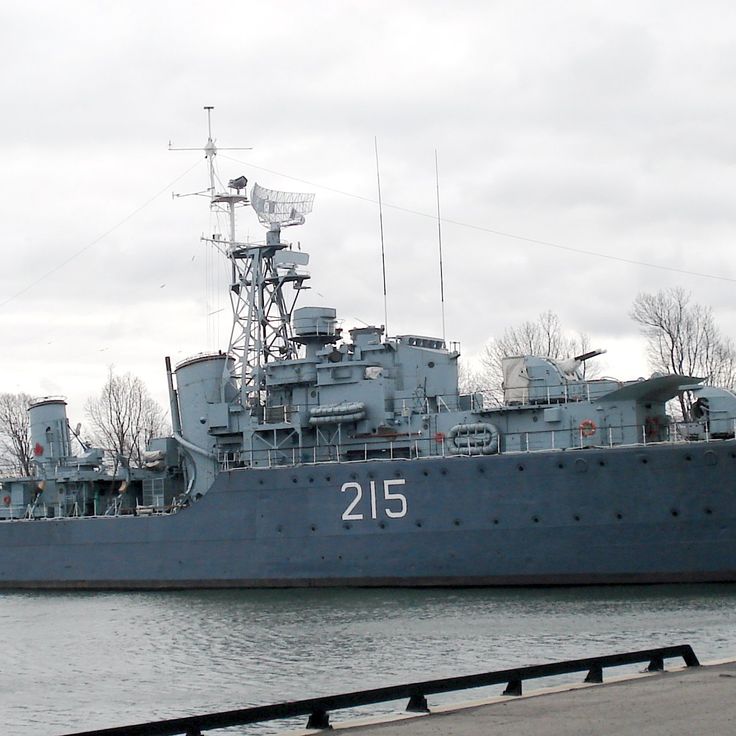
Hamilton, Canada
HMCS HaidaThis Canadian Tribal-class destroyer was commissioned in 1943 and participated in operations during World War II and the Korean War. HMCS Haida conducted numerous attacks on German convoys and submarines, sinking several enemy vessels. The destroyer remained in active service until 1963 and now serves as a museum ship in Hamilton, where visitors can explore the bridge, gun turrets, and crew quarters.
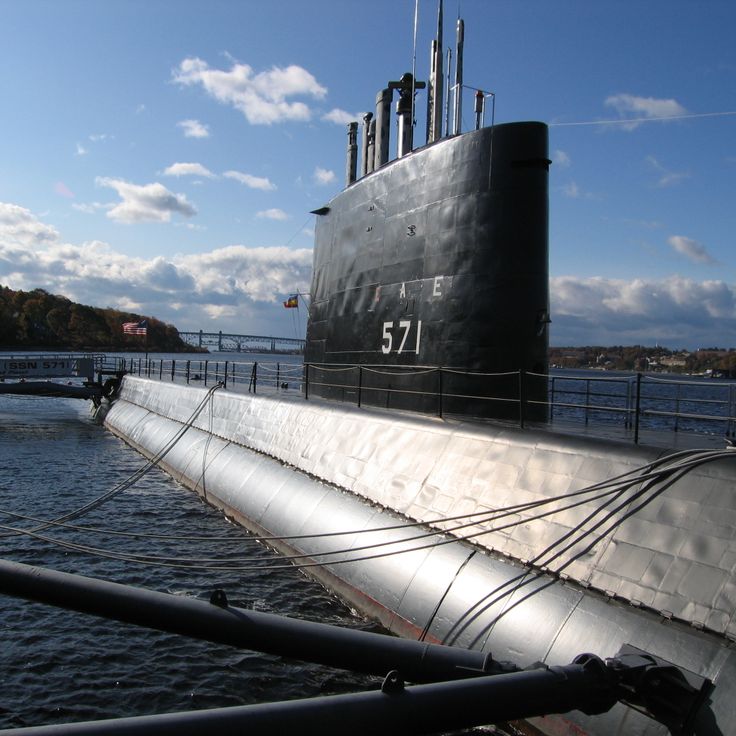
Groton, United States
USS NautilusThis 1954 submarine completed the first undersea crossing of the North Pole and traveled over 310,000 miles (500,000 kilometers) before decommissioning in 1980. The USS Nautilus was the world's first nuclear-powered submarine and revolutionized undersea warfare. Today the vessel rests in Groton and serves as a museum presenting the history of nuclear naval technology and the development of the submarine fleet during the Cold War era.
This pre-dreadnought battleship from 1900 served as the flagship of Admiral Tōgō Heihachirō during the Battle of Tsushima in the Russo-Japanese War. Mikasa represents early 1900s naval military architecture and demonstrates the evolution of battleship design before the introduction of the dreadnought class. The vessel features armament including four 12-inch (30.5 cm) main guns and fourteen 6-inch (15.2 cm) secondary guns, with a top speed of 18 knots. Built in Britain, Mikasa stands as the only surviving pre-dreadnought battleship in the world today.
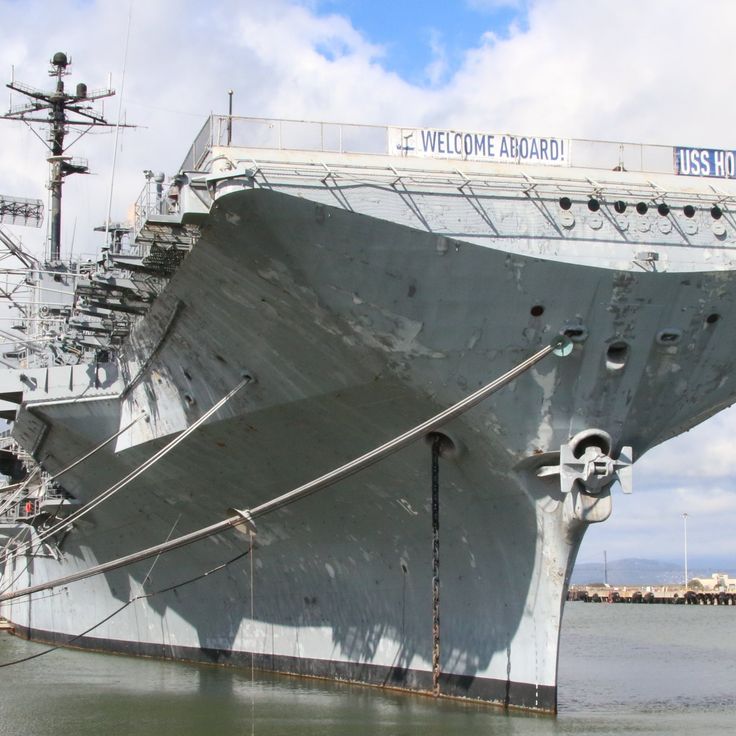
United States of America
USS HornetThis Essex-class aircraft carrier entered service in 1943 and operated in the Pacific during World War II. USS Hornet participated in significant operations, including the recovery of Apollo 11 astronauts in 1969. The ship now serves as a museum vessel displaying American naval aviation history with exhibited aircraft, restored crew quarters, and the operations center. As part of this collection of historic military vessels, USS Hornet documents the evolution of naval warfare from the 18th century through modern maritime operations.
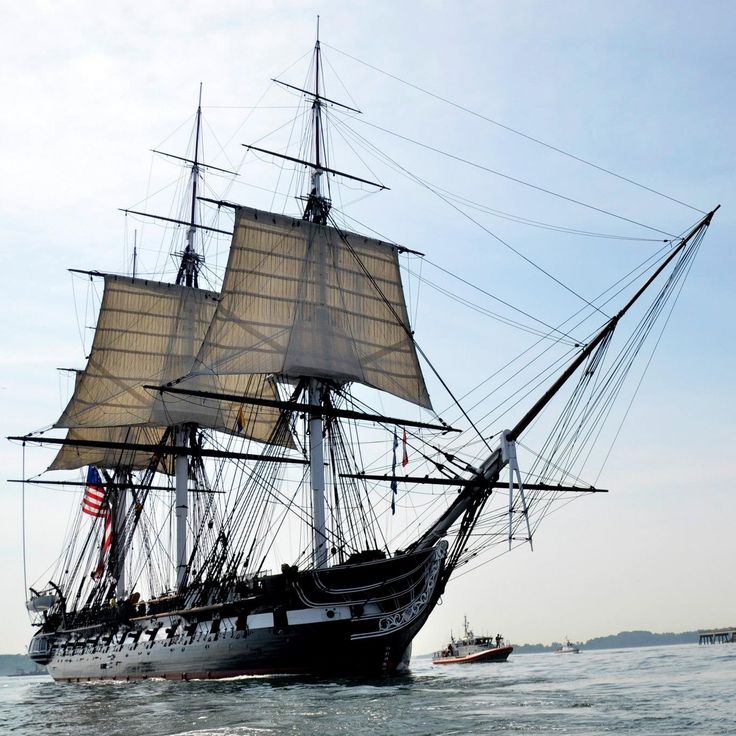
United States of America
USS ConstitutionUSS Constitution is the oldest commissioned ship still afloat in the world and remains part of the United States Navy. This historic warship was launched in 1797 and served with distinction during the War of 1812, earning the nickname "Old Ironsides". The ship now serves as a museum vessel in Boston, allowing visitors to explore naval architecture and maritime history from the early 19th century. As part of this collection of historic naval vessels, USS Constitution represents the early days of American naval power.

Portsmouth, United Kingdom
HMS Warrior, 40-gun steam-powered armored frigateThis warship was the first armor-plated, iron-hulled vessel built for the Royal Navy. HMS Warrior was completed in 1860 and represented a major advancement in naval architecture, combining steam power with traditional sails. The ship was armed with 40 guns and served in the active fleet until 1883. Today, HMS Warrior lies as a museum ship in Portsmouth and shows visitors the technological development of the British Navy in the nineteenth century as well as life aboard a Victorian warship.
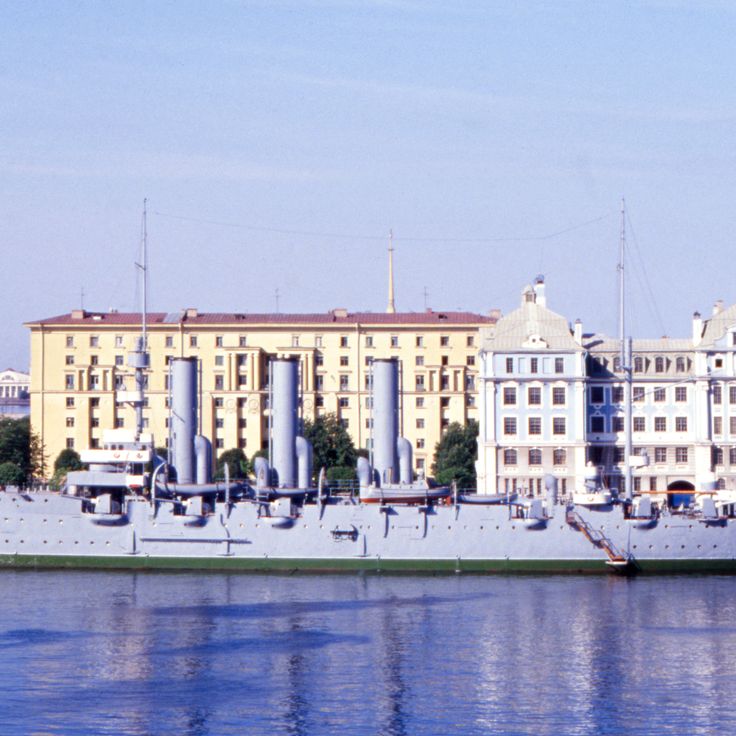
Saint Petersburg, Russia
Russian Cruiser AuroraThis early 20th-century cruiser is known for its role during the October Revolution of 1917, when a shot from this vessel signaled the assault on the Winter Palace. Moored in Saint Petersburg, the ship was launched in 1900 and served in the Russian Navy before being converted into a museum in 1948. Visitors can explore the decks, crew quarters, and bridge, learning about Russian maritime history and the military events of the early 20th century. The ship represents an important chapter in both naval and political history.
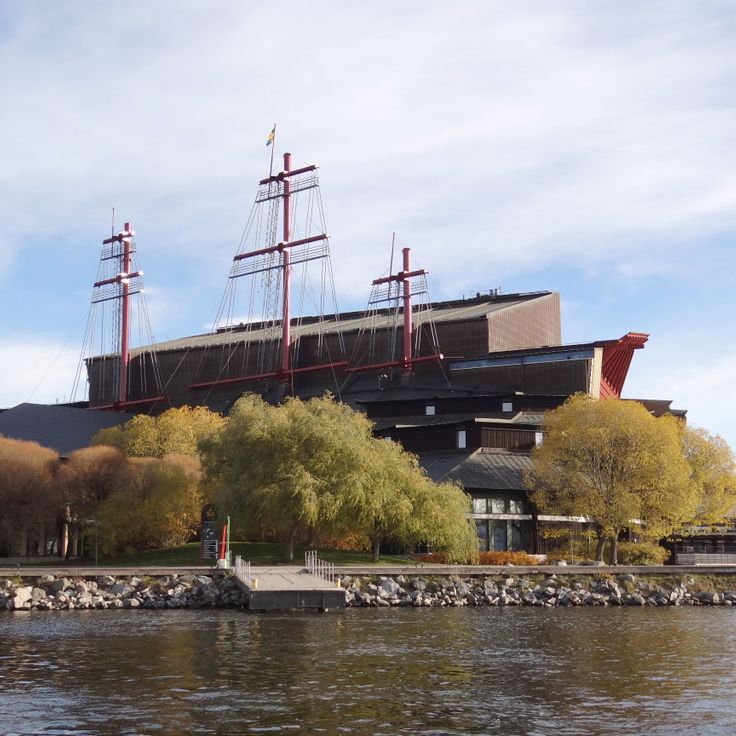
Stockholm, Sweden
Vasa, Swedish galleonThis Swedish warship sank in Stockholm harbor in 1628 during its maiden voyage, just minutes after setting sail. The ship was salvaged in 1961 and is now one of the best preserved vessels from the 17th century. The Vasa demonstrates the shipbuilding techniques of the Swedish navy during its period as a great power and is decorated with hundreds of carved sculptures. The museum presents the history of the ship, its salvage and conservation, as well as life aboard a warship of this era.
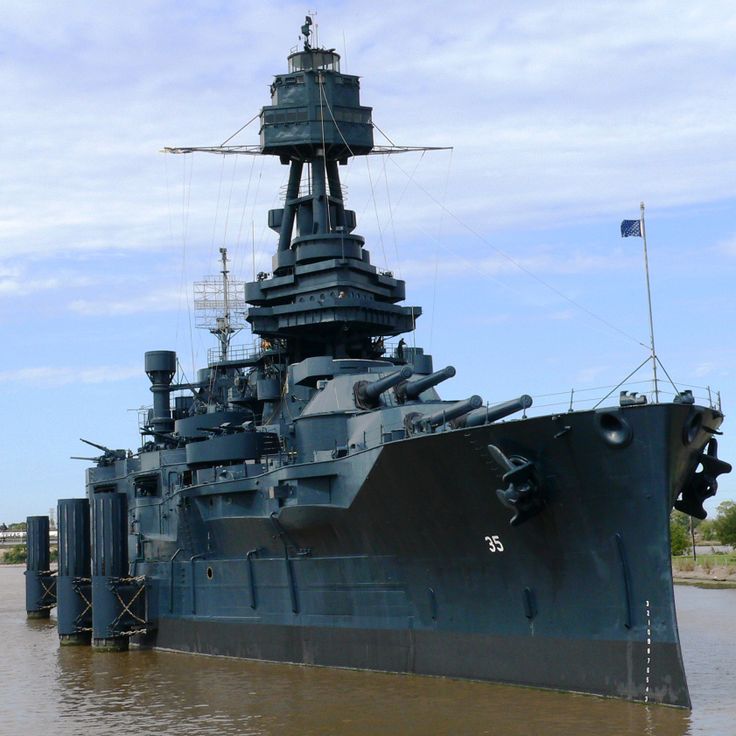
La Porte, Texas, United States
USS TexasThe USS Texas is the only surviving dreadnought battleship in the world and served in both World Wars. This historic warship was completed in 1912 and participated in significant operations including the landings in North Africa, Normandy, and the Pacific. The ship represents the technological evolution of naval architecture from the early 20th century and displays artillery systems, armor plating, and crew quarters from that era. As a floating museum, it allows visitors to experience life aboard a warship and understand the role of the US Navy in military history.

London, United Kingdom
HMS Belfast, Royal Navy light cruiserThis Royal Navy museum ship participated in the Arctic convoys and the Battle of North Cape during World War II. The light cruiser HMS Belfast was launched in 1938 and served in the North Atlantic during the war, later supporting the Normandy invasion. The ship is permanently moored on the River Thames and displays nine decks of exhibits covering naval history, including gun turrets, engine rooms, crew quarters, and the bridge. HMS Belfast is one of the last surviving warships of its class and provides insight into onboard conditions during combat operations in the 20th century.
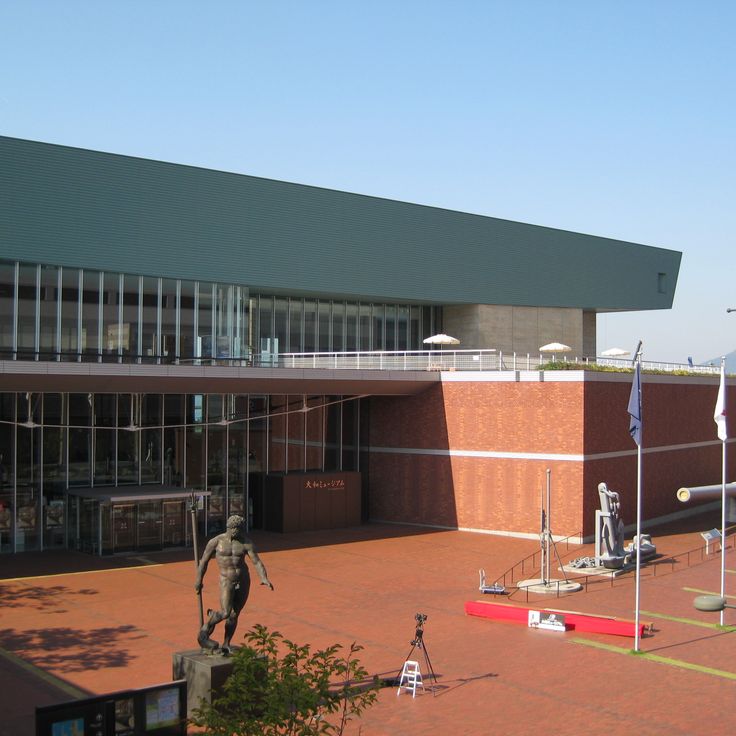
Japan
Battleship YamatoThis battleship was one of the largest warships ever constructed, measuring 863 feet (263 meters) in length and armed with nine 18-inch (46-centimeter) main guns. The Yamato was completed in 1941 for the Imperial Japanese Navy and featured main armament with a range of 26 miles (42 kilometers). The vessel served in the Pacific during World War II and participated in several major naval engagements before being sunk during Operation Ten-Go in 1945.

Corpus Christi, United States
USS Lexington, WWII Aircraft CarrierThis aircraft carrier entered service in 1943 and served in the US Navy for 48 years before being decommissioned in 1991. The USS Lexington participated in major World War II operations in the Pacific and remained in active service through the end of the Cold War. Today the ship serves as a museum vessel in Corpus Christi harbor, displaying naval aviation history through its preserved flight decks, hangars, and crew quarters.
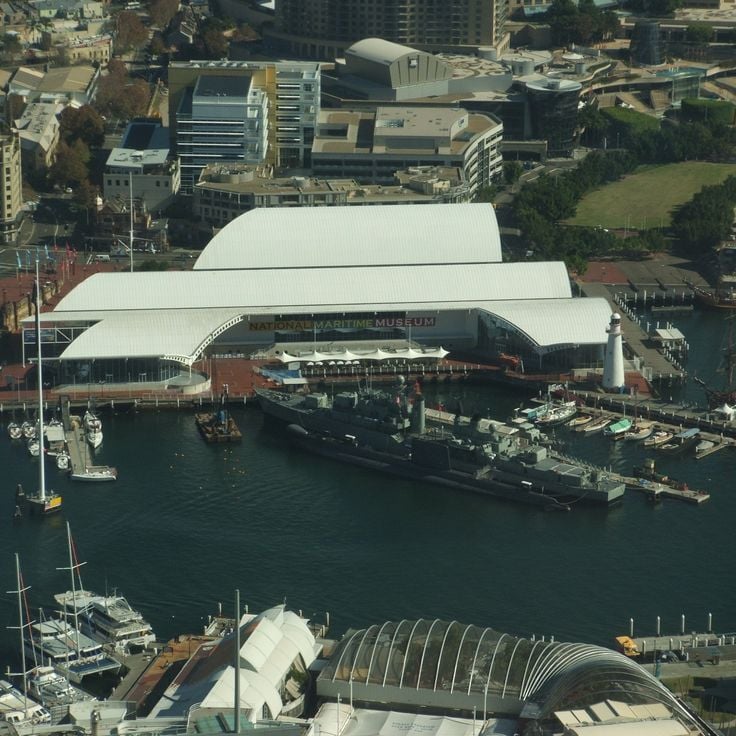
United Kingdom
HMS Endeavour, Research VesselThis research vessel sailed through the Pacific from 1768 to 1771, mapping the coasts of New Zealand and the eastern shore of Australia. HMS Endeavour, under the command of Captain James Cook, undertook a scientific expedition that contributed significantly to the geographical understanding of the Pacific Ocean. The ship carried naturalists and astronomers who conducted botanical and astronomical observations throughout the voyage. This vessel is part of a collection of historical military ships from different eras that now serve as museums, documenting naval military history and maritime exploration.
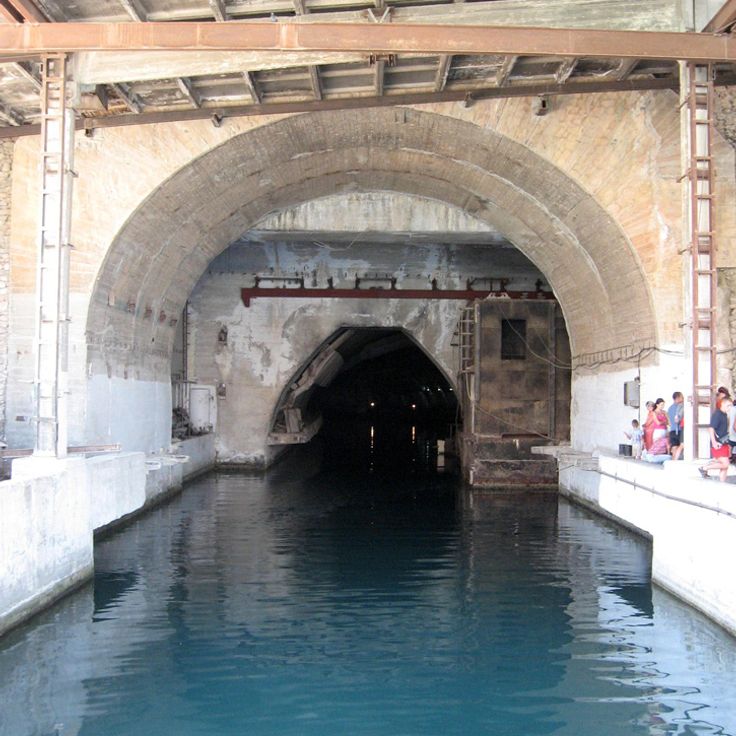
Kaliningrad, Russia
B-413, Soviet Diesel Electric SubmarineThis diesel electric submarine entered service in 1968 and served in the Soviet Baltic Fleet. The vessel belonged to the Foxtrot class and conducted surveillance and patrol missions during the Cold War. After its decommissioning, the submarine was converted into a museum and has been part of the Museum of the World Ocean in Kaliningrad since 2000. Visitors can explore the torpedo rooms, command center, crew quarters, and technical facilities. The submarine demonstrates life and working conditions of the crew underwater.
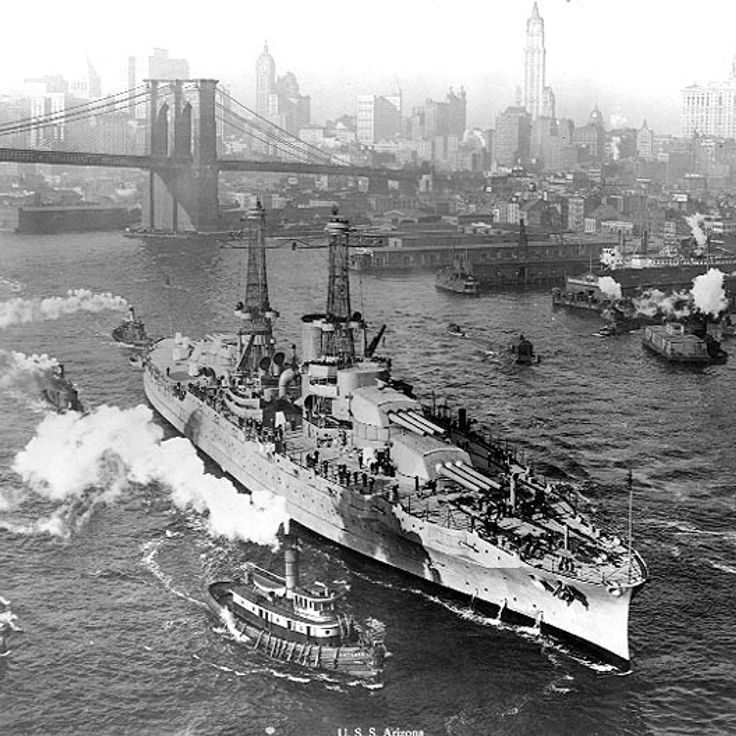
Pearl Harbor, United States
USS Arizona, BattleshipThis battleship sank on December 7, 1941, with 1,177 crew members during the Japanese air raid on the United States naval base. The ship was a BB-39 Pennsylvania-class vessel commissioned in 1916. The USS Arizona now rests as a war grave at the bottom of Pearl Harbor and forms the centerpiece of the USS Arizona Memorial, which honors those who lost their lives in the attack. This historic vessel represents one of the most significant naval museum sites and documents the United States' entry into World War II.
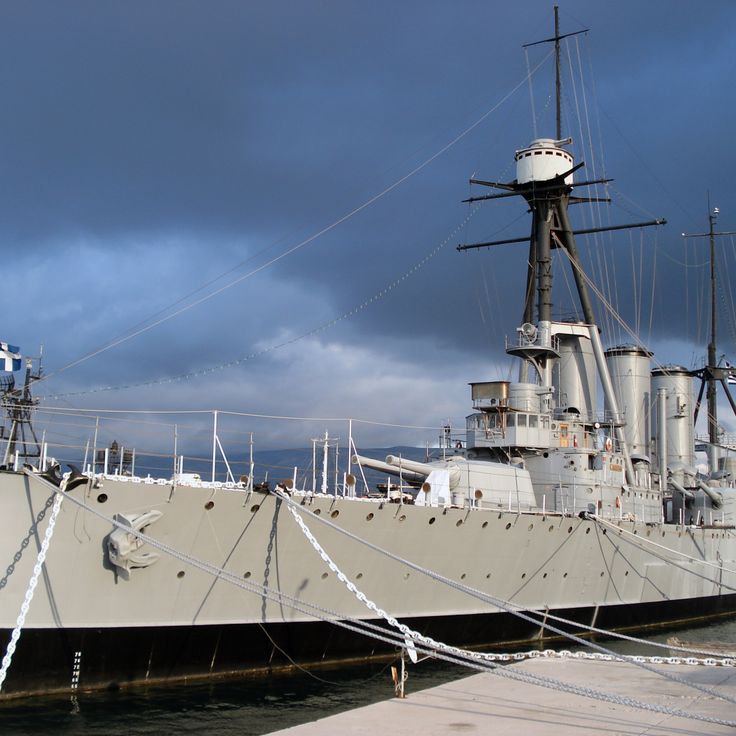
Athens, Greece
Averof, Armored CruiserThis armored cruiser was built in 1910 and commanded the Greek fleet during the Balkan Wars. The ship served as flagship of the Royal Hellenic Navy and participated in several decisive naval battles, including the engagements at Elli and Lemnos. Following its decommissioning, it was preserved as a floating museum in Faliro harbor. Visitors can explore the original officers' quarters, bridge, engine room, and weapons systems aboard this vessel. The exhibits document Greek naval history from the early twentieth century and display personal items belonging to the crew.

Kinston, United States
CSS Neuse, Confederate Ironclad RamThis iron plated vessel was built in 1864 during the American Civil War and sank in the Neuse River. The recovered remains are now housed at the CSS Neuse Civil War Interpretive Center in Kinston. CSS Neuse was a Confederate ironclad ram designed to defend Kinston from Union forces. The ship represents developments in armored naval construction during the 19th century and demonstrates the technical challenges faced by the Confederacy in building warships during the Civil War.
